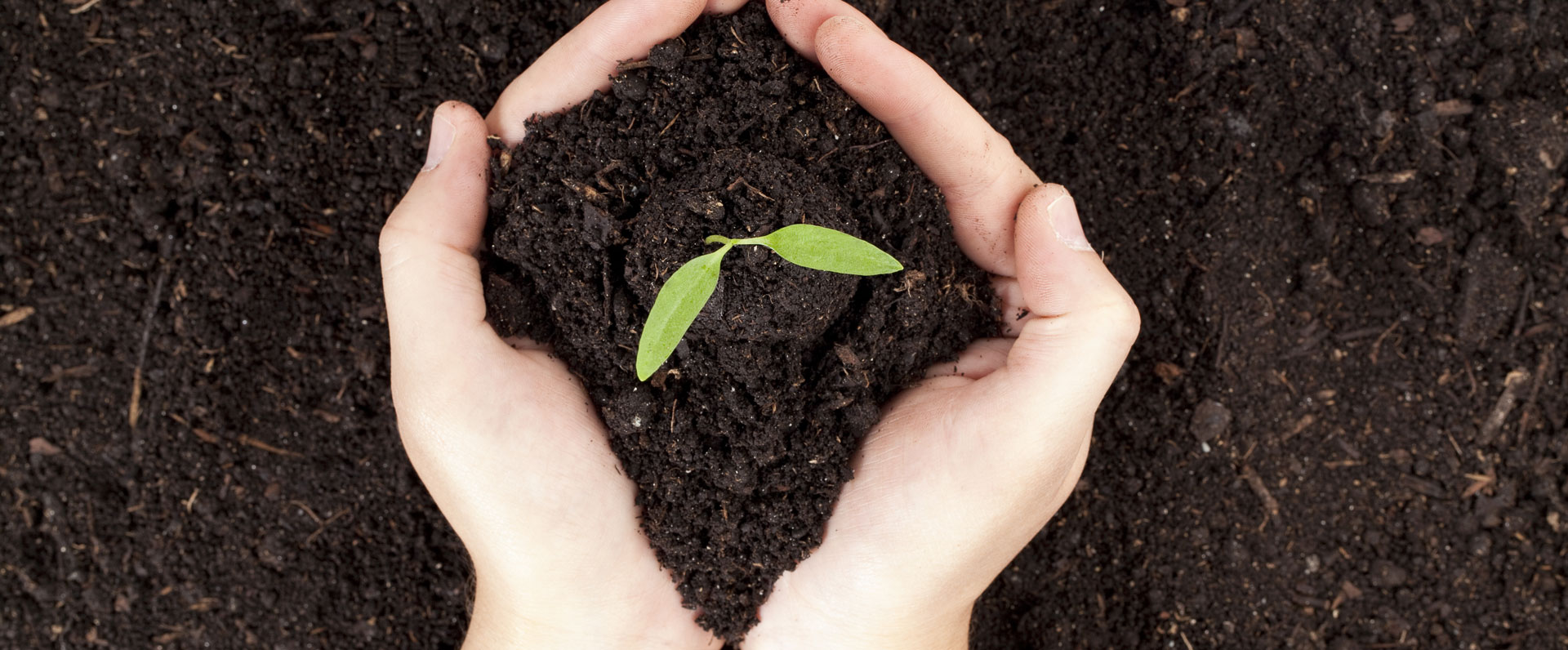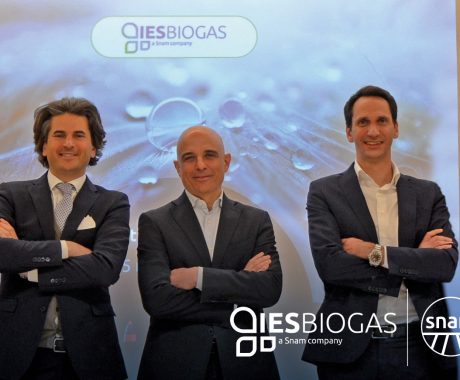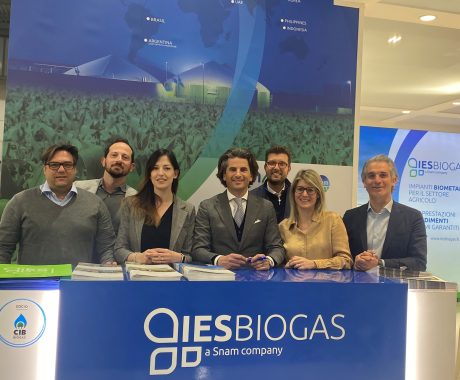Blog
Hydrogen: launch of an italian project to decarbonise the glass industry
A working group headed by Snam, RINA and Bormioli will test the use of hydrogen to power melting furnaces in glassworks
A working group comprising Snam, RINA, Bormioli Luigi, Bormioli Rocco, STARA GLASS, Università degli Studi di Genova, Stazione Sperimentale del Vetro, IFRF Italia, SGRPRO and RJC SOFT has begun a collaboration aimed at reducing emissions in the glass industry through hydrogen.
The manufacture of glass objects, of which Italy is the second-largest producer in Europe with over 5 million tonnes per year, is energy-intensive and difficult to power with electricity. To this end, the ‘Divina’ project (Decarbonisation of the Glass Industry: Hydrogen and New Equipment), co-ordinated by Snam, RINA and Bormioli, aims to reduce emissions in the glass melting stage, which accounts for more than 50% of total energy consumption throughout the production process. In this regard, the availability of an energy source such as hydrogen can provide a viable solution by optimising its use in terms of energy and emissions and managing production and transport challenges.
Snam CEO Marco Alverà said: “Hydrogen will play a key role in decarbonising energy-intensive sectors such as glass production in order to meet domestic and European climate targets. This project complements what we are already doing in the steel, rail transport and ceramics sectors. Snam will be able to draw on its infrastructure and expertise to facilitate the introduction of hydrogen in industry, bringing benefits in terms of economic growth“.
The initiative will make it possible, in the short to medium term, to assess the results of introducing an increasing proportion of hydrogen blended with natural gas into existing melting furnaces operating under regular production conditions. Testing significant quantities of hydrogen on operational furnaces will be an opportunity to evaluate the compatibility of hydrogen combustion with glass material in real industrial production contexts following appropriate testing in laboratories.
Today, the main energy source used by glassworks is natural gas and CO2 emissions amount to around 1,500,000 tonnes per year: overall, around 3.5% of the emissions of the entire manufacturing industry. Nationwide use of a 30% hydrogen blend in glass melting processes would reduce emissions by 200,000 tonnes, equivalent to the emissions of around 100,000 cars. The project will also define and subsequently optimise the design rules for future furnaces – so-called ‘Furnaces 4.0‘ –, which can guarantee the best performance even with higher hydrogen percentages up to 100%.







